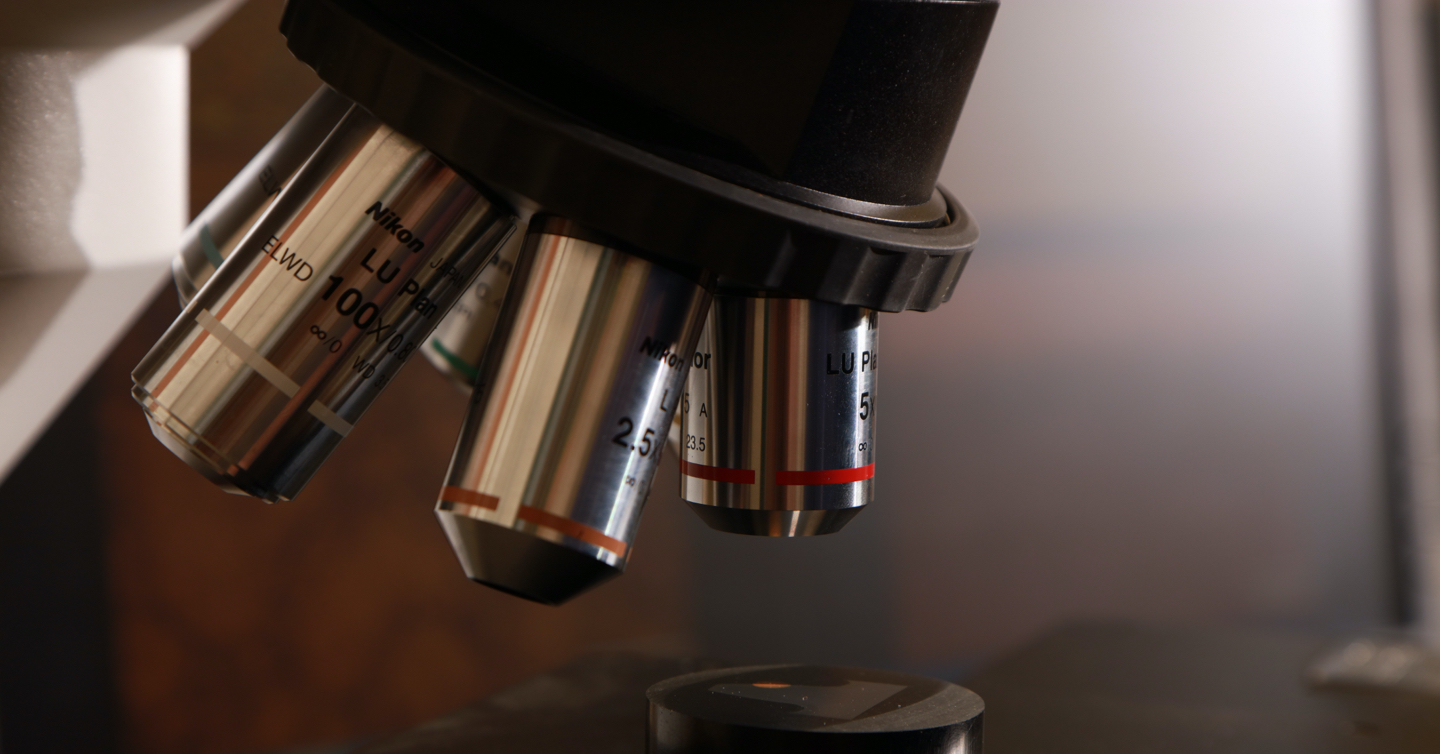Michael Eugene Doyle
A novel approach to the design and manufacture of scaffolds for bone repair.
Email: m.e.doyle2@ncl.ac.uk
Project supervisors
Project description
My research bridges two traditionally distant fields:
- high-performance simulations of cement formation
- experimental synthesis of scaffolds in tissue engineering to enhance bone regeneration
I will iterate and validate the simulations with in vitro experiments. These will assess hydroxyapatite (HA) precipitation on collagen-based polymeric substrates. Bone contains Calcium Phosphate (Ca/P) (69-80 wt. %) (mainly HA), Collagen (17-20 wt. %), water, and proteins etc.
I will optimise these materials by experiment. I will assess mechanical and biological performance at different concentrations of polymer and Ca/P or HA. I will guide the experiments with novel high-performance simulations of:
- the self-assembly of collagen-polymer scaffolds
- bone tissue precipitation
I will develop and produce a set of new bio-polymer or composite scaffolds. These will have enhanced biological and mechanical properties. They will ideally lead to a scaffold which mimics the properties of organic bone. Such properties include porosity, mechanical strength, bioactivity, and degradation rate.
Many modern biomaterials induce bone formation and repair. But designing scaffolds with the optimal balance of biological and mechanical properties for bone repair is difficult. Thus, my research will develop an alternative approach for bone scaffold design. I am using simulations to guide their composition. The resulting simulation guided approach may revolutionise the design and manufacture of scaffolds for bone regeneration. The approach carries out scaffold design and manufacture, first in silico (simulation) and then in vitro. It cuts the time and cost of experiments by orders of magnitude.
Interests
Nutrition, Endocrinology, Ergonomics, Biomimetics, Art
Qualifications
- BSc Product Design Engineering
- MSc Biomedical Engineering
